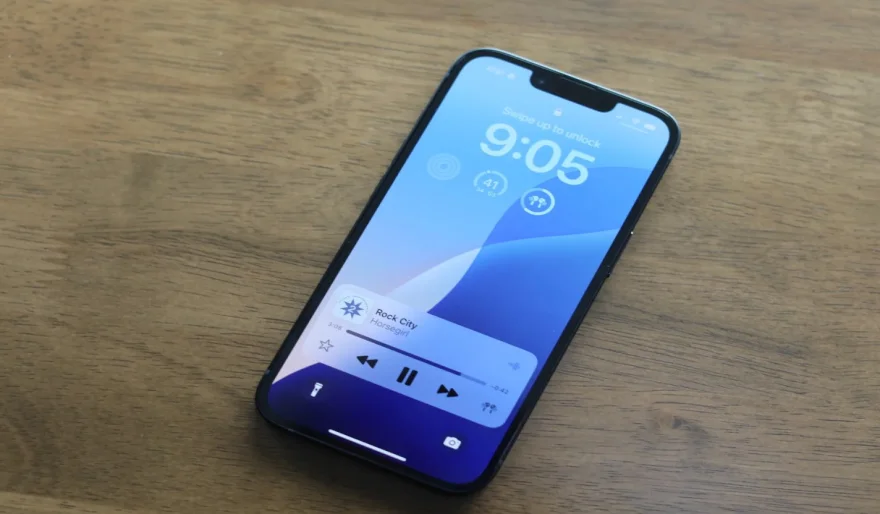Stay Ahead of the Curve
Latest AI news, expert analysis, bold opinions, and key trends — delivered to your inbox.
Apple iPhone 16e Review: Affordable Power with A18 Chip & Apple Intelligence
3 min read Apple has quietly introduced the iPhone 16e, a $599 budget-friendly option that blends past iPhone designs with the latest A18 chip and Apple Intelligence support. Unlike previous launches, Apple skipped a big event, instead announcing the device via a press release. While it may not be the most exciting iPhone, it offers a balance between affordability and future-proofing. February 27, 2025 16:21
Key Features & Design
A18 Chip & Apple Intelligence: The 16e runs on the same A18 chip as the iPhone 16, ensuring long-term support and AI capabilities.
Custom C1 Modem: Apple’s first in-house modem improves power efficiency, helping extend battery life.
iPhone 14-Inspired Design: Features a 6.1-inch Super Retina XDR display with a notch instead of the Dynamic Island.
Action Button, but No Camera Control: Borrowed from the iPhone 15, but lacks the new Camera Control feature.
Single 48MP Camera with Computational Photography: Apple touts its "2-in-1" camera system, simulating a dual-lens experience.
Lacks MagSafe & Slower Charging: The Qi wireless charging maxes out at 7.5W, compared to the iPhone 16’s 25W.
How It Compares to Other iPhones
Feature | iPhone 16e | iPhone 15 | iPhone 16 |
|---|---|---|---|
| Chip | A18 | A16 | A18 |
| RAM | 8GB | 6GB | 8GB |
| Camera | 48MP (Single) | 48MP (Dual) | 48MP (Dual) |
| MagSafe | No | Yes | Yes |
| Battery Life | 26 hours | 20 hours | 22 hours |
| Price | $599 | $699 | $799 |
Apple’s Budget Strategy & Market Impact
The iPhone 16e aims to regain market share in regions like China and India, where Apple faces stiff competition from local brands. While a $200 price drop from the iPhone 16 makes it more accessible, it still competes with older models like the iPhone 14 and 15, which are available at similar price points in some regions.
Apple’s decision to phase out the iPhone SE lineup and small-screen models marks a shift in its strategy. The 16e eliminates Touch ID and compact displays, meaning Apple no longer offers an iPhone under 6 inches.
Who Should Buy the iPhone 16e?
Best for: Users who want a balance of affordability, Apple Intelligence, and long-term software support.
Skip if: You need a dual-camera setup, MagSafe, or the Dynamic Island.
The iPhone 16e is a smart compromise, offering flagship-level AI capabilities while cutting costs by removing premium features. For those who can live without MagSafe, Dynamic Island, and a second camera, it’s a compelling entry point into Apple’s future of AI-powered smartphones.



















 AI Agents
AI Agents